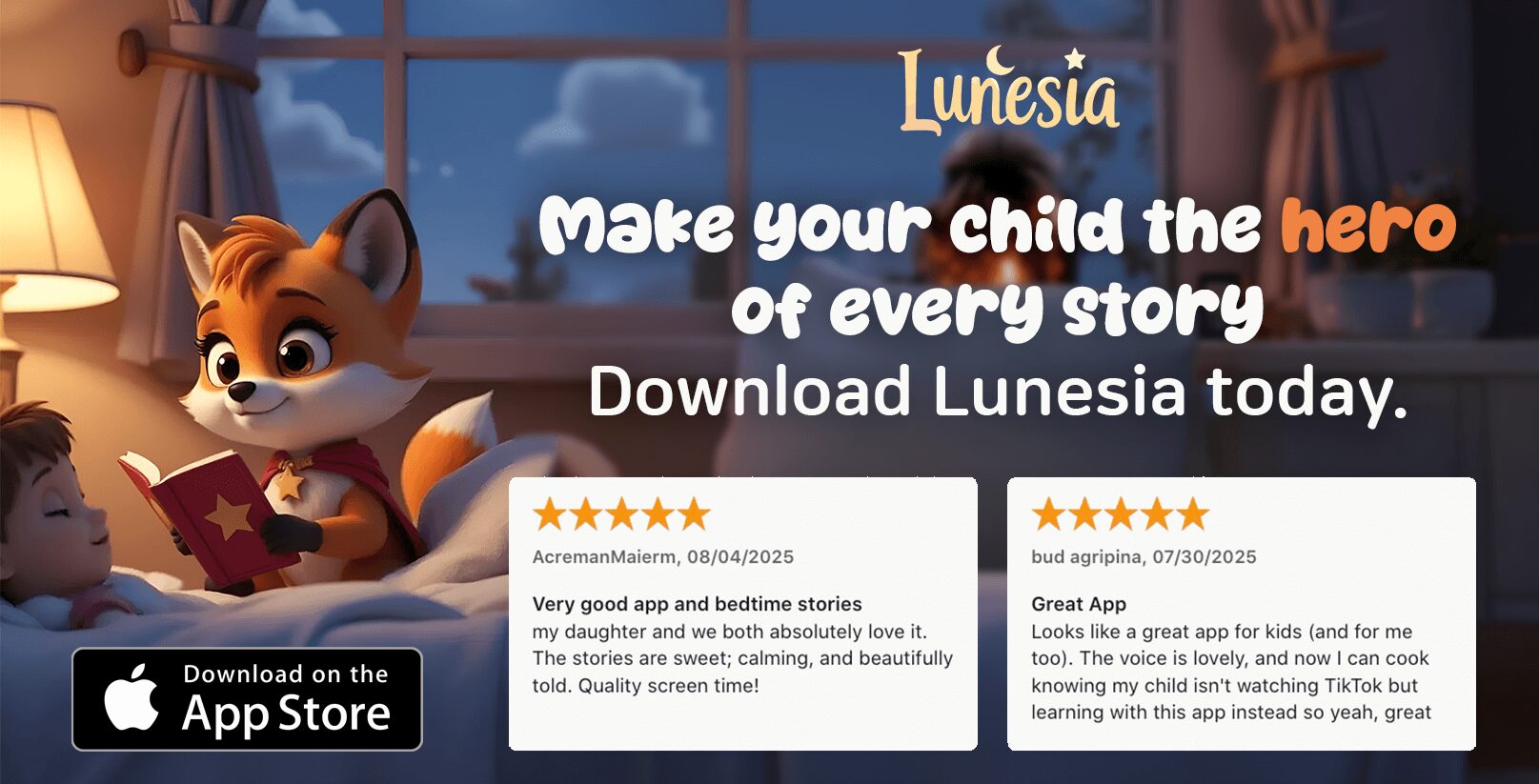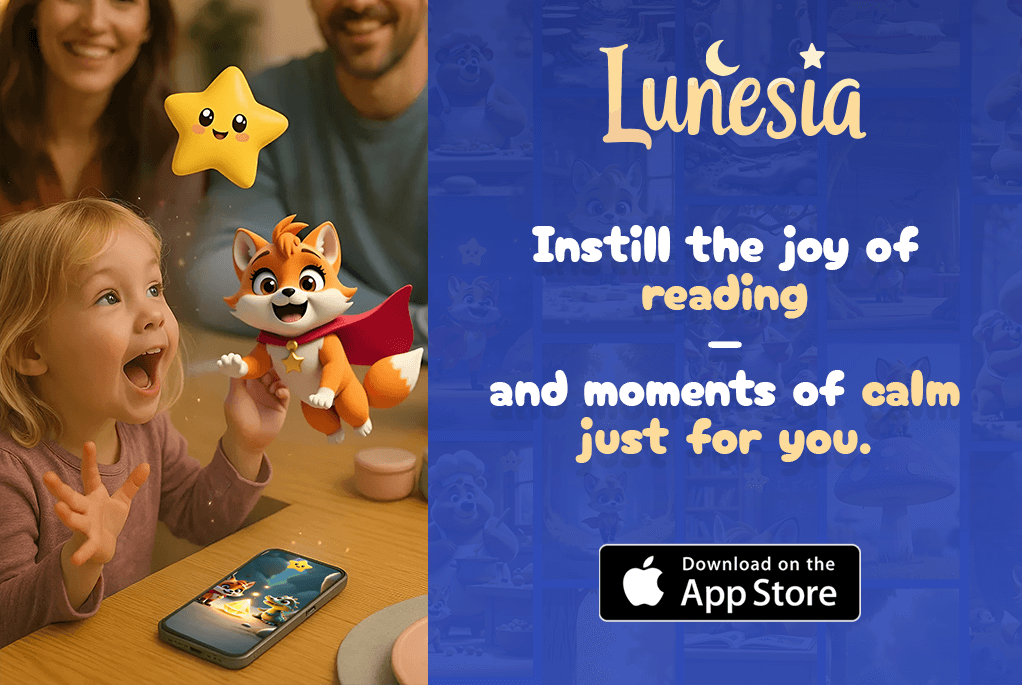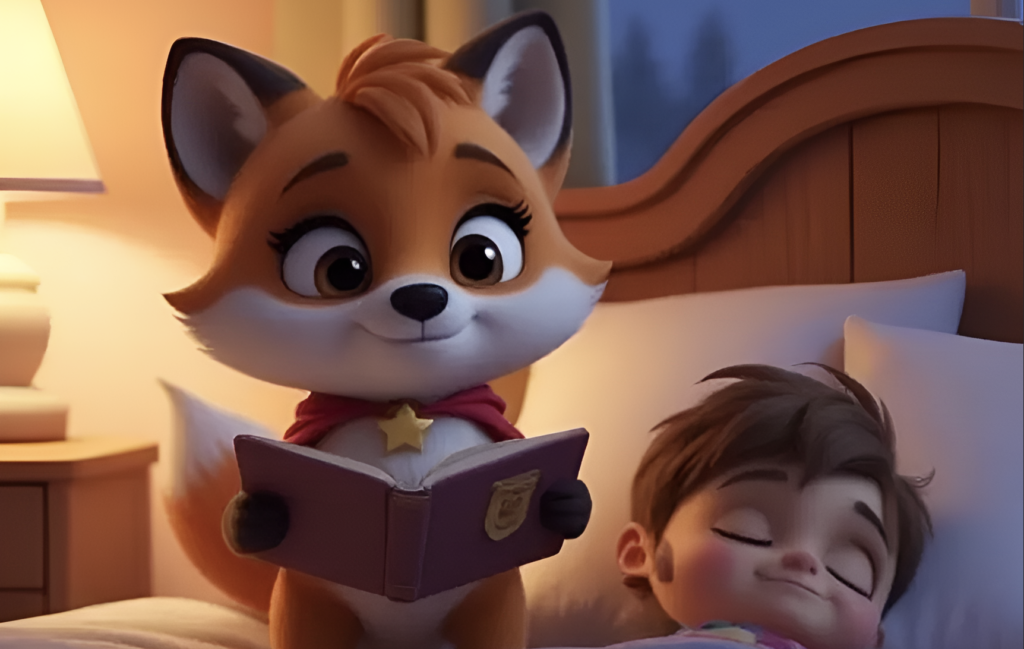As a parent, there’s nothing quite like seeing your child’s face light up when they become the star of their own story. Personalized storytelling has revolutionized the way children engage with literature, creating immersive experiences that put them at the center of their adventures.
But with so many options available, choosing between traditional print books and digital storytelling can be overwhelming. That’s where Wonderbly and Lunesia come in – two leading platforms that offer unique approaches to personalized storytelling for children.
This comparison will help you understand the strengths of each platform, so you can make an informed decision about the best gift for your child’s learning style and interests.
The Evolution of Personalized Children’s Stories
Over the past decade, the children’s content market has evolved dramatically, shifting from simple name insertions to complex narratives tailored to individual children. This transformation has been driven by companies like Wonderbly and Lunesia, which have pioneered personalized storytelling for kids.
Wonderbly: From “Lost My Name” to Publishing Platform
Wonderbly, founded in 2012, began its journey with the hit book “The Little Boy/Girl Who Lost Their Name.” This revolutionary personalized book took children on an adventure to collect letters that ultimately spelled their own name. With over 325,000 copies sold worldwide in its first year, it became an instant hit. Today, Wonderbly has sold over 3 million units, with the original book still accounting for 85% of sales. Co-founder Asi Sharabi’s philosophy that “technology and business models scale but creativity doesn’t” has guided their approach to creating meaningful personalized books.
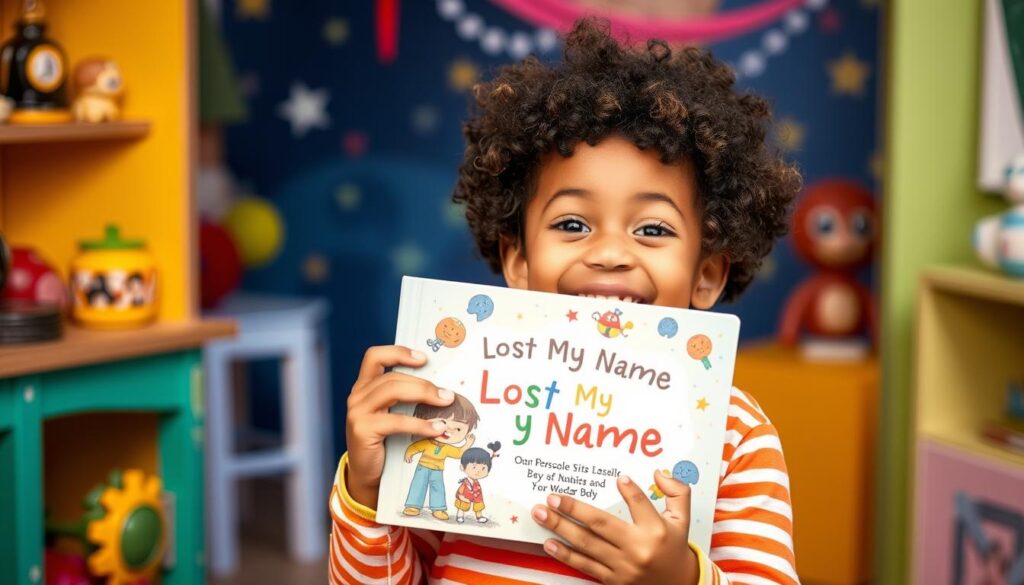
Lunesia: The Digital Storytelling Alternative
In contrast, Lunesia emerged as a digital-first alternative, recognizing the increasing role of technology in children’s lives. Lunesia creates interactive storytelling experiences that leverage the capabilities of modern devices, offering dynamic digital narratives that can evolve, respond, and grow with the child. While Wonderbly focused on creating physical keepsakes, Lunesia pioneered a new way of storytelling that combines traditional literacy with digital engagement.
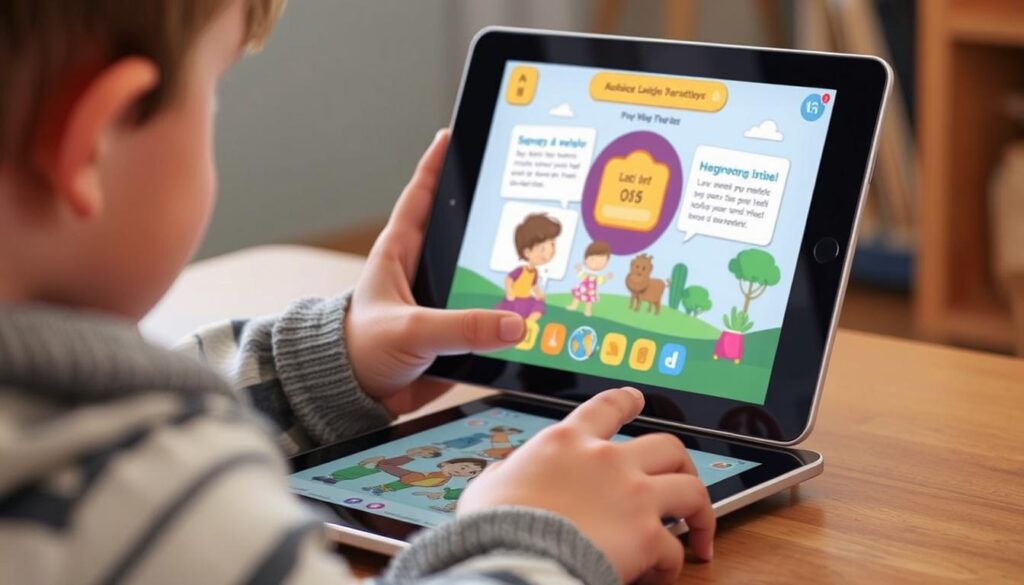
Both Wonderbly and Lunesia represent different responses to the same challenge: making stories more personally meaningful to children. The evolution of these platforms reflects broader trends in children’s media, balancing traditional literacy with digital engagement, and creating new ways for stories to capture children’s imagination and attention.
Comparing Wonderbly or Lunesia Digital: Core Features and Offerings
In the realm of customized children’s books, Wonderbly and Lunesia offer distinct approaches to engaging young readers. While both platforms focus on personalization, their methods and offerings differ significantly.
Wonderbly’s Print-Based Personalization Technology
Wonderbly has developed sophisticated print-based personalization technology that renders products in real-time as part of the shopping experience. This allows parents to preview exactly how their child’s name and characteristics will appear in the finished book. The platform handles the complexities of integrating with e-commerce systems, making it a simple task to add a personalized product to a cart.
Product Portfolio and Customization Options
Wonderbly’s product portfolio has expanded beyond their original “Lost My Name” hit to include diverse offerings like “The Incredible Intergalactic Journey Home,” which incorporates satellite imagery of the child’s actual home. They also offer licensed collaborations, such as their Wizarding World journal, combining physical books with app-based interactive elements.
Wonderbly Studios and Partner Collaborations
Wonderbly Studios represents their B2B expansion, allowing partner brands to leverage their personalization technology for custom publishing projects. The first project from Wonderbly Studios is an interactive journal from Wizarding World, a joint venture between Pottermore Ltd. and Warner Bros. This collaboration showcases the potential for Wonderbly’s technology to create unique experiences for children.
Lunesia’s Digital Storytelling Approach
In contrast, Lunesia’s digital approach prioritizes interactive storytelling that responds dynamically to the child’s choices, creating experiences that can evolve over time. Lunesia’s technology integration allows for multimedia elements, including animation, sound effects, and voice recognition, creating immersive storytelling environments.
Interactive Elements and Technology Integration
Lunesia’s digital platform offers a range of interactive elements that enhance the storytelling experience. By incorporating technology, Lunesia creates engaging and dynamic stories that can adapt to a child’s preferences.
Accessibility and Device Compatibility
The digital platform offers advantages in accessibility, with stories available across multiple devices. This allows customers to access Lunesia’s content from various platforms, providing flexibility and convenience.
Price Points and Value Comparison
From a value perspective, Wonderbly’s physical books typically command premium prices ($30-40), reflecting their keepsake quality. In contrast, Lunesia’s digital subscription model offers access to multiple stories at different price points. Parents must weigh the tangible nature of Wonderbly’s products against the potentially greater engagement and replayability of Lunesia’s digital experiences when considering overall value.
Educational Benefits and Child Development Impact
The educational benefits of personalized children’s stories are multifaceted, influencing various aspects of child development in profound ways. Both Wonderbly and Lunesia offer unique approaches to enhancing children’s learning experiences.

How Wonderbly Boosts Reading Confidence and Self-Esteem
Wonderbly’s personalized books have been shown to significantly boost reading confidence in children. By seeing themselves as the main character in a story, kids develop a sense of ownership and engagement. Research by the National Literacy Trust found that children who read personalized books can be up to three years ahead of their peers in reading age by the age of 14. Wonderbly’s approach focuses on building self-esteem by allowing parents to select positive character traits for their child within stories, reinforcing qualities like bravery, honesty, and kindness.
Lunesia’s Approach to Interactive Learning
Lunesia’s digital storytelling platform offers an interactive learning experience that adapts to a child’s choices, providing a customized learning pathway. This approach not only engages children but also helps develop their critical thinking skills. By leveraging digital capabilities, Lunesia creates an immersive environment that fosters a love for learning and exploration. You can learn more about Lunesia’s features in this detailed review.
The Science Behind Personalization in Children’s Education
The science behind personalization reveals that when children become the main character in stories, their brains process the experience at a neurological level as if they were actually performing the actions. This immersive identification helps develop empathy as children “practice” helping others, solving problems, and demonstrating curiosity through their story avatars.
Literacy Skills Development
Both Wonderbly and Lunesia contribute to literacy skills development in different ways. Wonderbly does so through traditional reading practice with high emotional engagement, while Lunesia uses interactive text recognition and responsive storytelling.
Empathy and Self-Identity Formation
Personalized stories play a crucial role in self-identity formation, helping children see themselves as capable, important, and valued. This is particularly important for children from underrepresented groups who rarely see themselves reflected in mainstream media.
Making the Right Choice for Your Child
Choosing between Wonderbly and Lunesia isn’t just about picking a product; it’s about selecting an experience that resonates with your child’s learning style. As we consider the best option for our children, we must think about their unique needs and how they interact with different types of media.
When deciding, consider your child’s age and developmental stage. Younger children often benefit from the tactile experience of physical books they can touch and hold, while older children may engage more deeply with interactive digital stories that respond to their choices, like those offered by Lunesia.
Reflect on your family’s approach to technology and screen time. If you’re limiting screen time, Wonderbly’s physical books offer screen-free entertainment. In contrast, Lunesia might be better integrated into already-allocated digital learning time. Think about the longevity and purpose you want the product to serve. Wonderbly creates keepsakes that children can revisit year after year, while Lunesia offers experiences that can grow and evolve with your child over time.
Both platforms recognize that creativity is key, embracing the idea that “technology and business models scale but creativity doesn’t,” as expressed by Wonderbly CEO Asi Sharabi. The most successful approach for many families combines both platforms: using Wonderbly’s special books for milestone moments and keepsakes, while incorporating Lunesia’s digital stories into regular learning routines. By personalizing stories to include your child’s name, traits, and characteristics, you create powerful learning moments that boost confidence, enhance literacy, and make reading a joyful part of your child’s journey.
FAQ
What is the main difference between Wonderbly and Lunesia?
Wonderbly is a personalized print-based platform, while Lunesia offers dynamic digital storytelling. Both provide unique experiences for children, but they differ in their approach to personalization and the type of engagement they offer.
How do I create a personalized book for my child?
To create a personalized book, you simply need to visit either Wonderbly or Lunesia’s website, input your child’s details, and choose the story or book you want. The platform will then guide you through the process, making it easy to create a customized story.
Are the stories available on Wonderbly and Lunesia suitable for all ages?
Both platforms cater to children, but the age range may vary depending on the specific product or story. It’s best to check the recommended age range for each story or book to ensure it’s suitable for your child.
Can I gift a personalized book to someone else’s child?
Absolutely! Personalized books make thoughtful gifts. You can input the child’s name and details to create a unique story, making it a special gift for their child.
How long does it take to receive a print book from Wonderbly?
The shipping time for Wonderbly’s print books varies depending on your location. Generally, it takes a few days to a couple of weeks to receive your order. You can check the estimated delivery time on Wonderbly’s website during the checkout process.
Are Lunesia’s digital stories available offline?
Lunesia’s digital stories may require an internet connection to access, but some products or apps might offer offline access. It’s best to check Lunesia’s website or the specific product details to confirm their offline capabilities.
Can I customize the level of personalization in the stories?
Yes, both Wonderbly and Lunesia allow you to input your child’s details to personalize the story. You can typically choose the level of personalization, such as the child’s name, appearance, and other characteristics.

